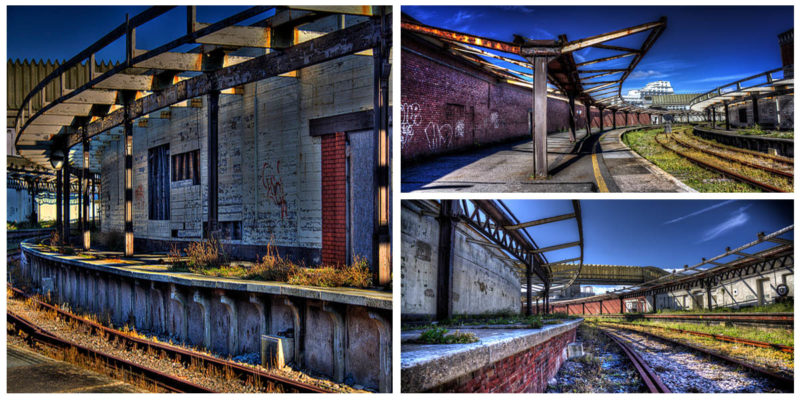The harbor railway station, built to serve the port of Folkestone in Kent, England, was one of three stations in the town. Its location was at the end of the short 1-in-30 Folkestone Harbour Branch Line that joined with the South Eastern Main Line at Folkestone Junction.
Both the harbor station and the branch line provided a rail connection for boat trains from London with the ferry services to Calais and Boulogne.
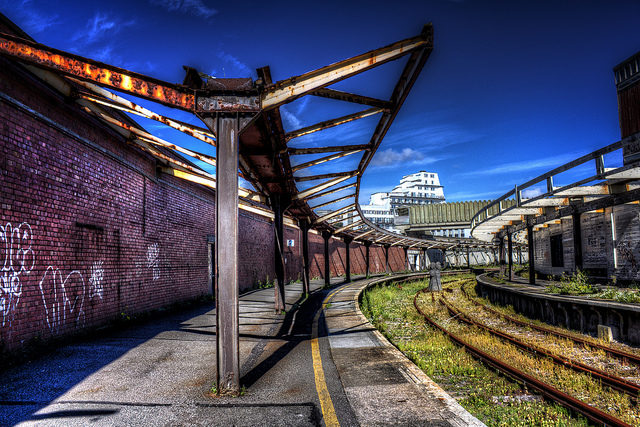
During the 1830s, Folkestone Harbor fell into hard times as Dover became an ever more important cross-channel port. Years later in 1843, the harbour was acquired by the South Eastern Railway (SER).
The harbor was acquired in 1843 by the South Eastern Railway (SER). The company planned to build a branch line, starting at Folkestone Junction and ending with a viaduct that spans the width of the harbor, which could deliver passengers and freight to the waiting boats. Work on the double track line began in 1944.
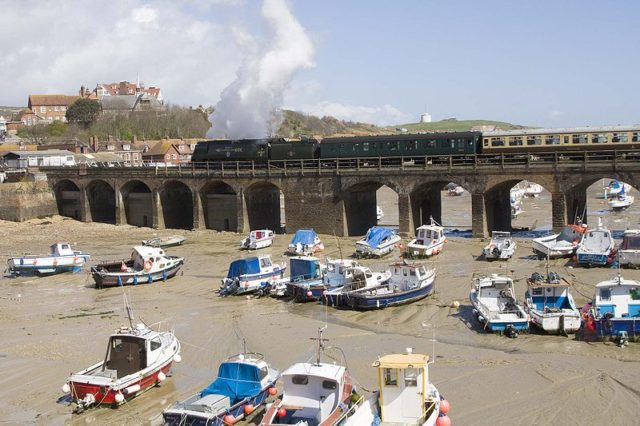
Three years later, in 1847, a swing bridge allowed the line to reach the southern pier. In 1848 the line was passed by the Board of Trade and was ready for passenger use, being officially opened on 1 January 1849. Several years later in 1856, this station was replaced by another one on a different site.
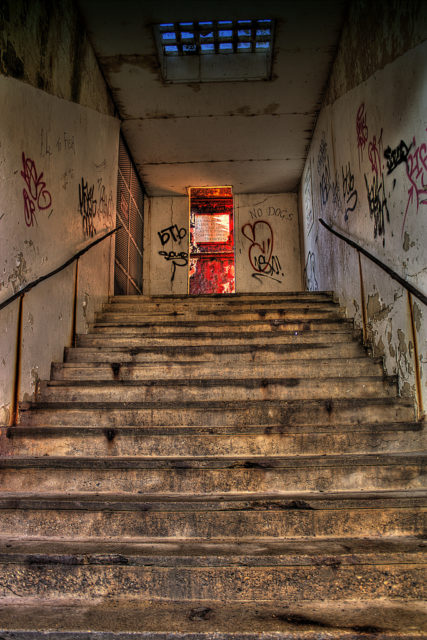
Because the short branch was sharply inclined meant that the steam engines had to be banked, meaning a helper engine or pusher engine is employed to temporarily assist a train that requires additional power. The main traffic was made up of passengers traveling on boat trains directly to and from London.
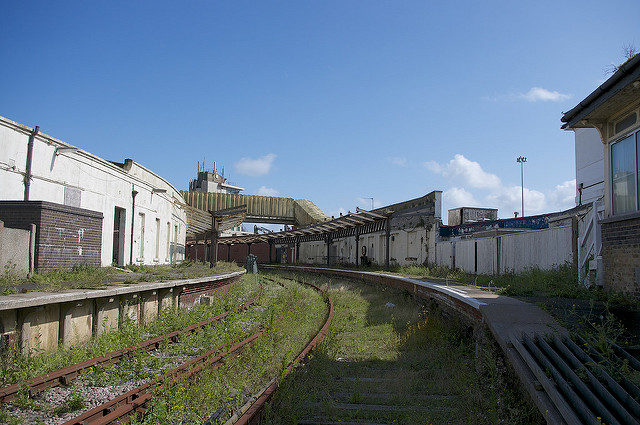
The station had periods of temporary closure in which passenger services were suspended. The first of these happened during wartime between 29 November 1915 and 1 March 1919, and then from 4 September 1939 until 1945, but the station was used in this time for the transportation of soldiers. The station was also closed from 13 to 20 March 1960, and again between 1 January and 11 April 1992.
The Folkestone Harbor railway became electrified at the same time as the main line, during stage 2 of the Kent Coast Electrification in June 1961. And so the passenger trains were replaced by electric multiple units. Unfortunately, freight services were withdrawn on 17 August 1968.
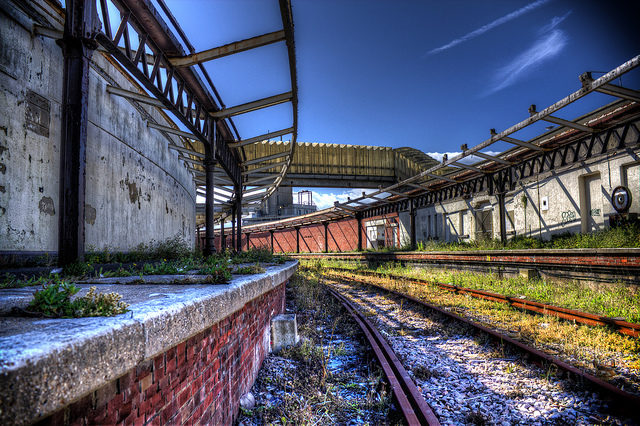
Once the Channel Tunnel was opened in 1994 the majority of ferry operators started to move to other ports in the South East. The result of this whole situation was that only two services per day were arriving at Folkestone Harbor station and these were to connect with the Hoverspeed SeaCat services.
After these services were relocated to Ramsgate, SER had no choice but to shut down the station, which it did in 2001. Later that same year the line was singled for operational purposes, although the disused line is still firmly in place.
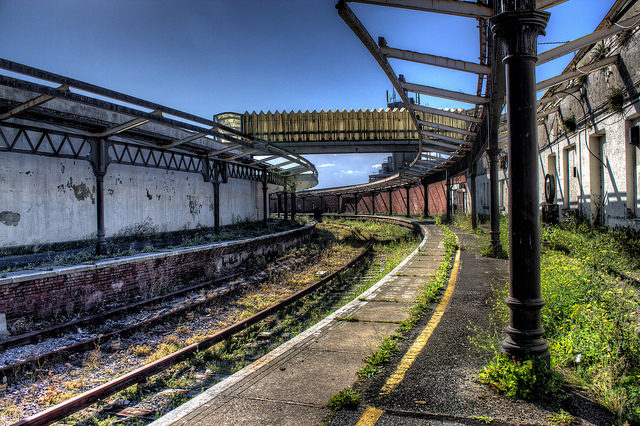
Proposals for the redevelopment of the harbor area included no less than 1000 new houses and apartments, but this was not enough to save the railway line from closure as, even though many of the residents would want to commute into London city, the route followed by the harbor branch line was not suitable to offer viable transport to the new community.
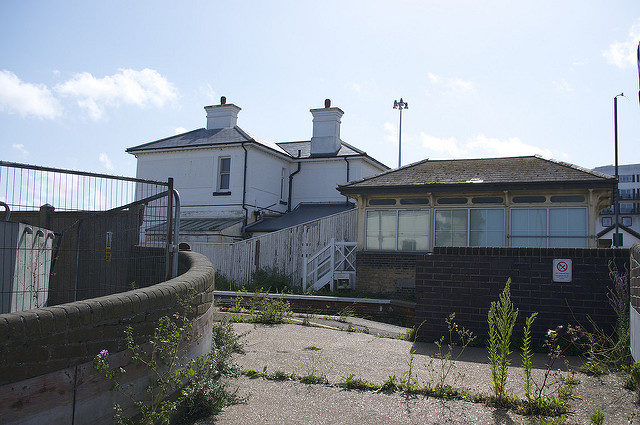
The official closure ceremony took place on 12 April 2008. Folkstone Harbor station was visited by passengers one last time by a steam hauled rail tour on 14 March 2009.
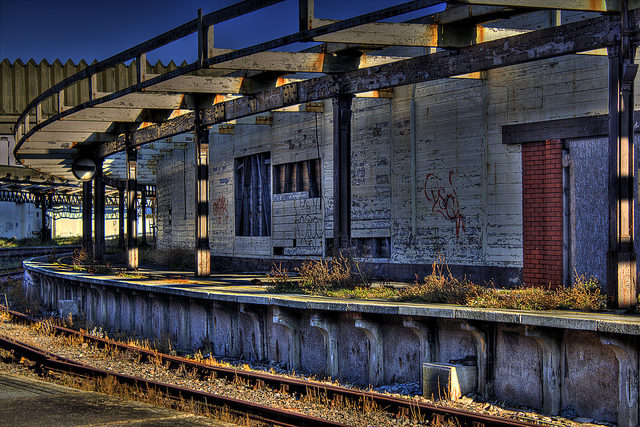
In order to save this historic railway from demolition, a group called the Remembrance Line Association came up with the perfect solution; to turn this station into a ‘Leaving for War’ museum and memorial that would be dedicated to the troops that arrived on trains and subsequently left on ships to fight in World War I, and later World War II. There is even a plan to revive the passenger ferry to Boulogne.
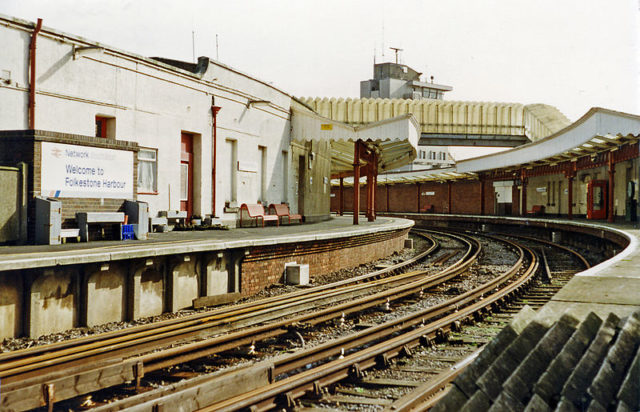
After numerous closure attempts, the line and station serving Folkestone Harbor were officially closed on 31 July 2014. As of 2017, the railway is being demolished.
